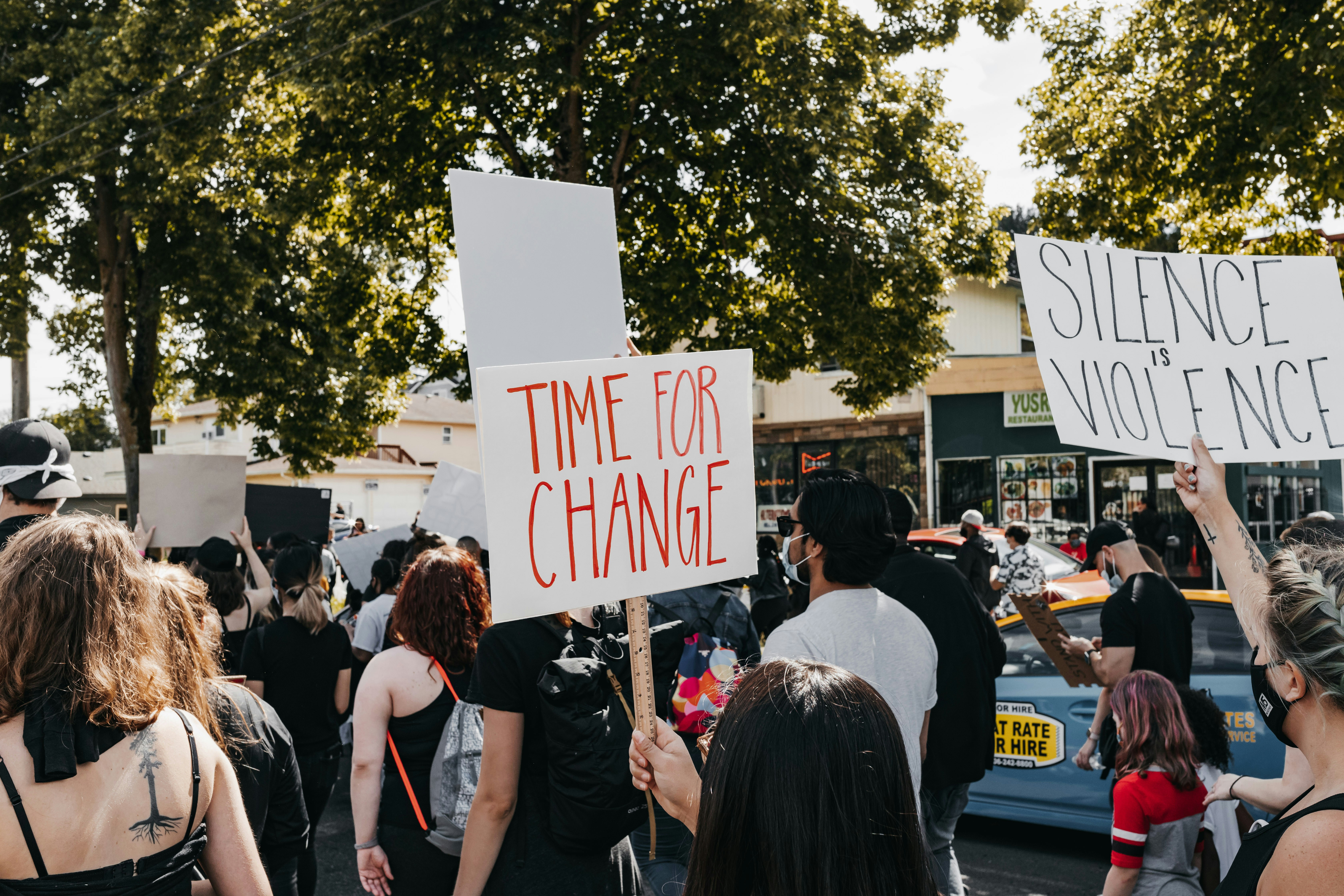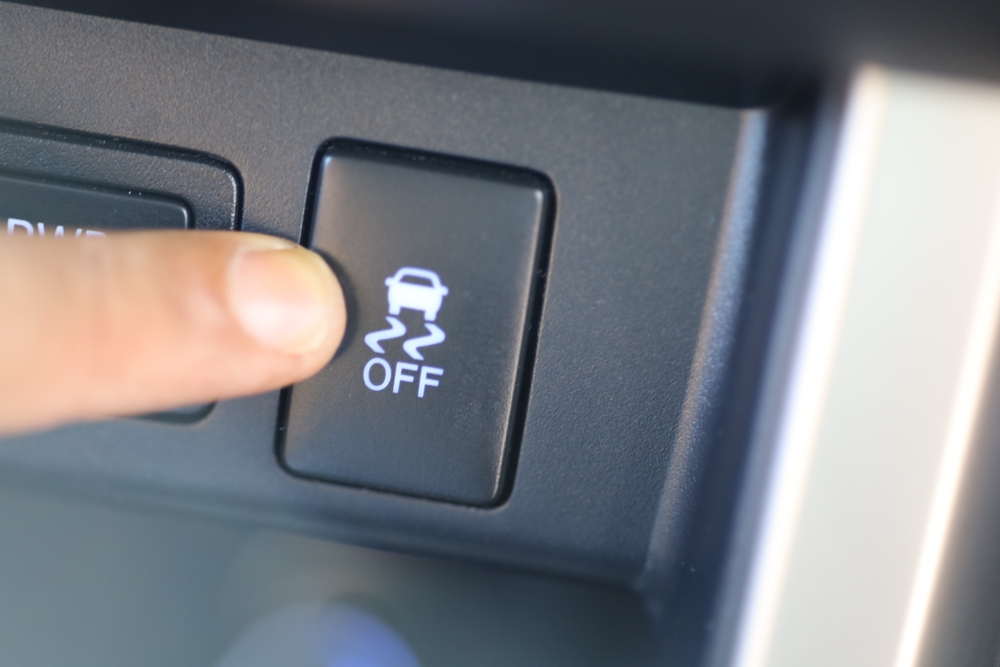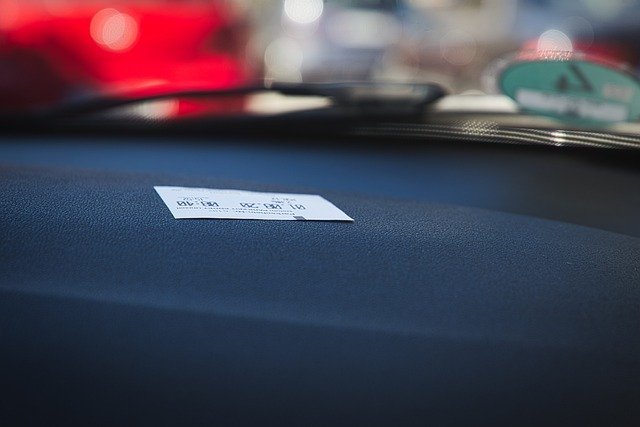Reimagining Urban Spaces: Sociocultural Dynamics in the Era of Pop-Up Culture
In the bustling heart of modern urban life, an intriguing cultural shift has emerged, breathing new life into the concrete jungles we inhabit. The pop-up culture phenomenon, with its ephemeral nature and creative energy, is reshaping our cities, influencing our social behaviors, and transforming our understanding of public spaces.

The Genesis of the Pop-Up Phenomenon
The pop-up culture is not a new concept. It can trace its roots back to the transient bazaars and seasonal markets of ancient civilizations. However, the modern iteration of this phenomenon has evolved far beyond its historical predecessors. Today’s pop-up events range from art installations, retail outlets, food festivals to immersive theatrical experiences; these temporary ventures serve as platforms for creativity, innovation, and social engagement.
Pop-Up Culture in the Contemporary Social Landscape
In the current social landscape, the pop-up culture reflects our society’s increasing appetite for novelty, immediacy, and personalized experiences. The transient nature of these spaces incites a sense of urgency and exclusivity, fostering social connectivity as people gather and share their experiences. The pop-up culture also encourages a new form of urban exploration, where city dwellers actively seek out these temporary hubs of creativity and innovation.
Behind the Curtain: Sociocultural Implications
The pop-up culture phenomenon carries significant sociocultural implications. On one hand, it promotes entrepreneurship and creativity, providing a platform for small businesses, independent artists, and creative minds to showcase their work without the pressures of long-term commitment. On the other hand, it also raises questions about sustainability and the commodification of public space. While these temporary structures often bring vibrancy to underutilized areas, they may also contribute to gentrification and socio-economic disparities.
Pop-Up Culture: A Catalyst for Urban Transformation
Despite the potential challenges, the pop-up culture has the potential to catalyze urban transformation. By infusing creativity into urban planning, these temporary spaces can be used to test new ideas, engage communities, and inspire long-term development. Moreover, by prioritizing experience over permanence, pop-up culture encourages us to reimagine our relationship with urban spaces, fostering a more dynamic and inclusive cityscape.
Looking Ahead: Pop-Up Culture and the Future of Urban Spaces
As we look towards the future, it is clear that the pop-up culture will continue to shape our urban landscapes and sociocultural dynamics. As we adapt to an ever-changing world, the ability to be flexible, innovative, and responsive to societal needs will be critical. And in this regard, the pop-up culture, with its inherent adaptability, may just hold the key to a more vibrant, diverse, and inclusive urban future.
The pop-up culture phenomenon is a testament to the ever-evolving nature of our cities and societies. As we engage with these transient spaces, we are not just consuming a product or service; we are partaking in a cultural experience that reflects our collective desires, values, and aspirations. And in doing so, we are not just spectators, but active participants in the ongoing transformation of our urban spaces.




